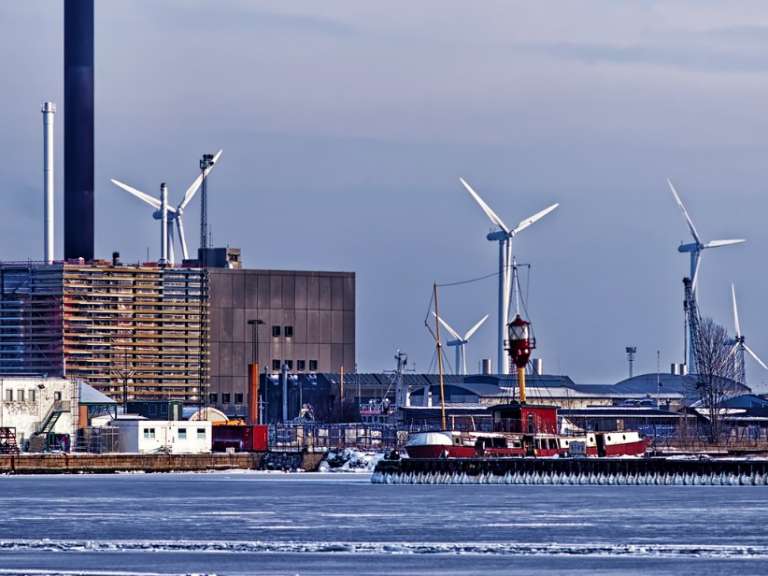Digital Tools Give Plant Managers the Edge They Need to Meet Environmental Regulations
Ken SilversteinStaying on top of strict "green" regulations is challenging, but environmental control systems keep utility managers from seeing red.

The electricity marketplace is evolving, necessitating that plant managers not only balance supply and demand, but also meet international climate goals and tougher environmental regulations. Utility managers whose units were constructed long before the new world of emissions rules must leverage emerging digital tools like environmental control systems to help them comply with regulations, all while they work to increase reliability and adaptability.
Plant operators have to be more flexible, because emissions standards and environmental regulations are becoming more stringent.
Asset and fleet managers must now consider both the startup emissions from plants and the cycling of renewables into their generation mix. In other words, it's no longer just about turning on a baseload plant and letting it run.
The need to be smarter and more efficient producers and distributors of energy is paramount. The US Energy Information Administration expects electricity consumption to rise by 28 percent globally by 2040, driven mostly by developing nations.
Improving operations involves monitoring, collecting, and analyzing large amounts of data in real time. That allows plant managers to improve their operations and better manage their risks, while also ensuring the sustainability and reliability of their output.
If system operators can accurately gauge when wind or solar resources might be down, for example, they could more effectively dispatch other low-cost generation that is on their systems.
The trick is to boost productivity while meeting regulatory compliance. This is easier said than done, however, especially in utilities that have yet to adopt digital tools that cut through the guesswork of which assets to dispatch.
Consider a utility that has a mixture of natural gas turbines and thermal heat recovery that has to decide what configuration of facilities to use. Digital solutions can accurately model how much gas to generate and how much heat to recover, and when to ramp them up or down.
For example, historical precedence may suggest that electricity use will decline during a certain period before gradually picking back up. Digital tools can then tell a system operator to slow down the most-expensive generation but to prepare the cheaper units to kick in when demand resumes.
Along those lines, digital solutions can also tell system operators the exact level of electricity that they will need to keep in reserve to meet a worst-case scenario.
Meanwhile, some utilities are domiciled in states that have limits on greenhouse gas emissions and tougher environmental regulations. That means the solutions must be programmed to run certain units at the best times, when the harmful releases can be kept to a minimum.
Others are in states that have renewable portfolio standards that require a set amount of electricity to be generated from sustainable sources. As such, digital tools can tell grid operators the most likely times those generating facilities will be available and when other types of generators must be used as backup.
Besides knowing what assets to use at a given a time, plant managers must stay on top of environmental regulations. Some utilities may feel that if they save money by running their systems more productively, then their local public utility commissions may tell them to reduce their retail rates to customers.
But an investment in digital solutions means that both generating plants and transmission lines can be more efficiently operated. That could mean the avoidance of certain infrastructure projects—some of the most capital-intensive deals that a utility can take on.
The electricity marketplace today is a complex world—and one that requires the necessary tools to adjust to those evolving dynamics.
Environmental control systems thus lead to more efficient energy production and greater reliability, all in a world with tougher environmental regulations. Those advances will assuredly continue and benefit both plant operators and the planet.
The cannabis sector is lighting up energy grids, but do utilities have the ability to handle this potentially profitable revenue generator?
Will the responsibility of intermittent energy source balancing fall primarily on batteries and energy storage, or can digitized thermal power plants take on some of the task?
Low-cost solar-plus-storage projects demonstrate a variety of value propositions—and a growing new dynamic that's putting pressure on conventional generation.